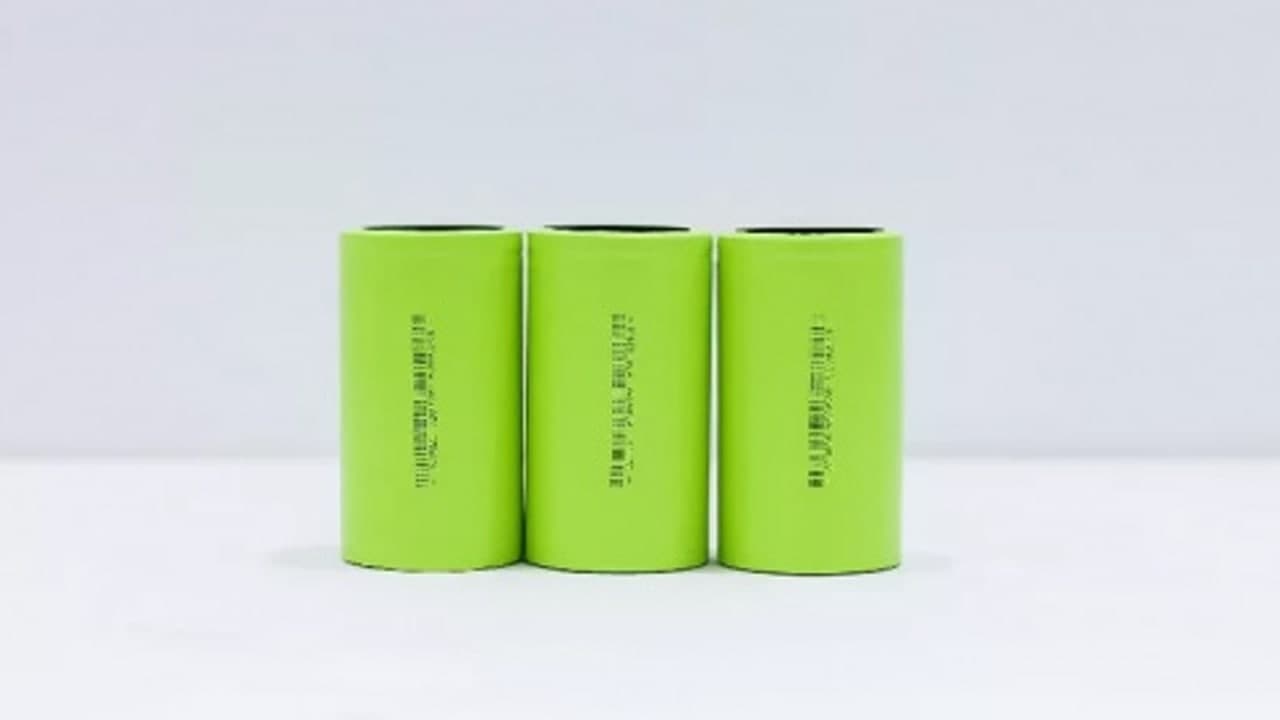Using artificial intelligence to analyze reams of data in atomic-scale images, researchers at Stanford University have answered an open question: Traditional lithium-ion batteries are being hit by a new breed of rechargeable batteries.
Today’s rechargeable batteries are a marvel, but far from perfect. Because they all wear out eventually, replacement and recycling can be costly. “But what if the battery is indestructible?” asks William Chueh, an associate professor of materials science and engineering at Stanford University.
Join tip3x on Telegram
He has pioneered an analytical method to create environmentally friendly batteries whose permanent recycling will no longer be out of reach, the research is published in the journal Nature Materials.
Prof. Chueh, Class 21 first-time doctoral student Haitao D. Deng, and collaborators at Lawrence Berkeley National Laboratory, MIT, and other research institutions used artificial intelligence to analyze a new type of atomic-scale display. Micro-images to understand exactly what causes battery wear.
Ultimately, the findings could help extend the lifespan of today’s batteries, they say.
Nanofracture
Specifically, they looked at a specific type of lithium-ion battery based on LFP materials, which could lead to mass-market EVs because it doesn’t use supply-chain-constrained chemicals.
“Think of a battery as a ceramic coffee cup that expands and contracts as it heats and cools. These changes can eventually cause cracks in the ceramic,” explains Prof Chueh. “Every time you charge, the materials in the rechargeable battery do the same thing and then run out of charge, leading to failure.”
 In batteries, it’s not the temperature that causes cracks, but the materials interacting with each other during each charge cycle, Chueh points out. resulting in mechanical deformation.
In batteries, it’s not the temperature that causes cracks, but the materials interacting with each other during each charge cycle, Chueh points out. resulting in mechanical deformation.
Yet we know very little about what’s going on at the nanoscale where atoms combine, these new high-resolution microscopy techniques allow us to see it, and artificial intelligence can help us understand what’s going on.
We visualize and measure these forces at the single nanoscale for the first time. The performance of any given material is a function of its chemistry and the physical interactions within the material at the atomic scale, which Professor Chueh calls “chemical kinetics”. Also, the smaller the object and the more diverse the atoms that make up the material, the harder it is to predict how the material will behave.
AI is a revolutionary tool
Using AI for image analysis is not new, but using it to study interactions between atoms at the smallest scales is. In medicine, artificial intelligence has become a revolutionary tool, analyzing images of everything from knee defects to deadly cancers. Meanwhile, in materials science, new methods of high-resolution X-ray, electron, and neutron microscopy allow direct visualization at the nanoscale.
The research team chose lithium iron phosphate (LFP), a well-known material for cathodes that is gaining popularity among electric vehicle manufacturers and other battery-intensive businesses. The electrodes do not contain the cobalt and nickel used in many commercial batteries. Despite higher electricity prices, LFP batteries are also safer.
Although LFP has been studied for 20 years, it faces two key salient technical issues that have so far been left to guesswork. The first involves understanding the elasticity and deformation of materials when charged and discharged. The second concerns how it expands and contracts in specific mechanisms by which LFP is partially stabilized or “metastable”.
Deng helped explain both of these questions for the first time using his image-learning technique, which he applied to a series of two-dimensional images produced by scanning transmission electron microscopy, as well as advanced X-ray images obtained using spectrometer-stacked diffraction imaging. The findings are important for the battery’s capacity, energy retention, and rate, he said.
Even better, he thinks it can be generalized to most crystalline materials that also make good electrodes. “AI can help us understand these physical relationships that are critical for predicting the performance of new batteries, their reliability in real-world use, and how materials will degrade over time,” he said.
New directions for research
Prof Chueh calls Deng an “academic entrepreneur”. He has a background as a chemist, but he also taught himself some artificial intelligence theories to meet this challenge in the field of materials. The approach takes a form of “inverse learning,” Deng said, where the outcome is known, a high-resolution still image of the degraded LFP and AI helps reconstruct the physics to explain how it works. In turn, this new knowledge becomes the basis for improved materials.
Moreover, Deng noted that previous non-AI research has shed light on the relevance of how mechanical stress affects electrode durability, but the current findings using the new method are not only exciting but also provide momentum for a fundamental understanding of the mechanics at play.
Next, the researchers say, they will work to use their technique to elucidate promising new battery design ideas at the atomic level. One result could be the creation of new battery control software that manages to charge and discharge in a way that improves battery life.
Another exciting avenue is the development of more accurate computational models that would allow battery engineers to explore electrode material alternatives on a computer rather than in the lab.
“This work is already underway,” Professor Chueh said. “Artificial intelligence can help us see old materials in new ways, and perhaps identify some promising alternatives from materials that are not yet known.”
